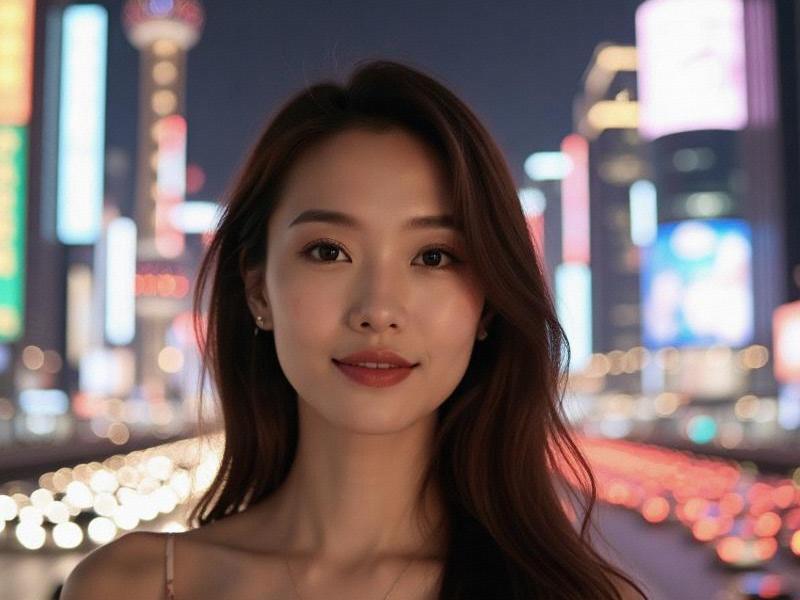
Historical Roots of Shanghai Beauty
The foundations of Shanghai's beauty identity were laid during:
- The 1920s "Paris of the East" era when qipao silhouettes merged with Art Deco aesthetics
- 1980s economic reforms that birthed China's first modern beauty salons
- The 2010s K-beauty adaptation creating the "Shanghai Glass Skin" phenomenon
- Post-pandemic emphasis on wellness and authenticity
The $28 Billion Beauty Economy
Key industry insights reveal:
- Shanghai commands 42% of China's premium cosmetics market
- Local brands like Pechoin outperform international competitors in mid-range skincare
上海夜生活论坛 - Nanjing Road's "Beauty Mile" attracts 30,000 daily product testers
- Medical beauty tourism has grown 85% since 2023
Digital Beauty Revolution
Technological transformations include:
- AI skin diagnostics achieving 96% accuracy in product matching
- Virtual try-on technology reducing returns by 67%
- Douyin beauty influencers averaging 4.2 million followers
- Livestream beauty sales projected to hit ¥100 billion in 2025
上海品茶论坛 The Modern Shanghai Woman
Demographic shifts show:
- 75% of female executives under 40 adopt "power elegance" makeup
- University beauty entrepreneurship programs tripling enrollment
- Male grooming market expanding 31% annually
- "Silver Beauty" (55+) sector growing fastest at 35% YoY
Cultural Crosscurrents
Current tensions between:
- Western influences and Chinese beauty nationalism
上海品茶网 - Fast fashion cycles and sustainability concerns
- Digital perfectionism and body positivity movements
- Traditional values and feminist critiques
Future Horizons (2025-2030)
Emerging trends include:
- DNA-personalized biotech skincare
- Metaverse beauty consultants
- Emotion-responsive AR makeup
- "Beauty diplomacy" through cultural exports
